Lesson plans
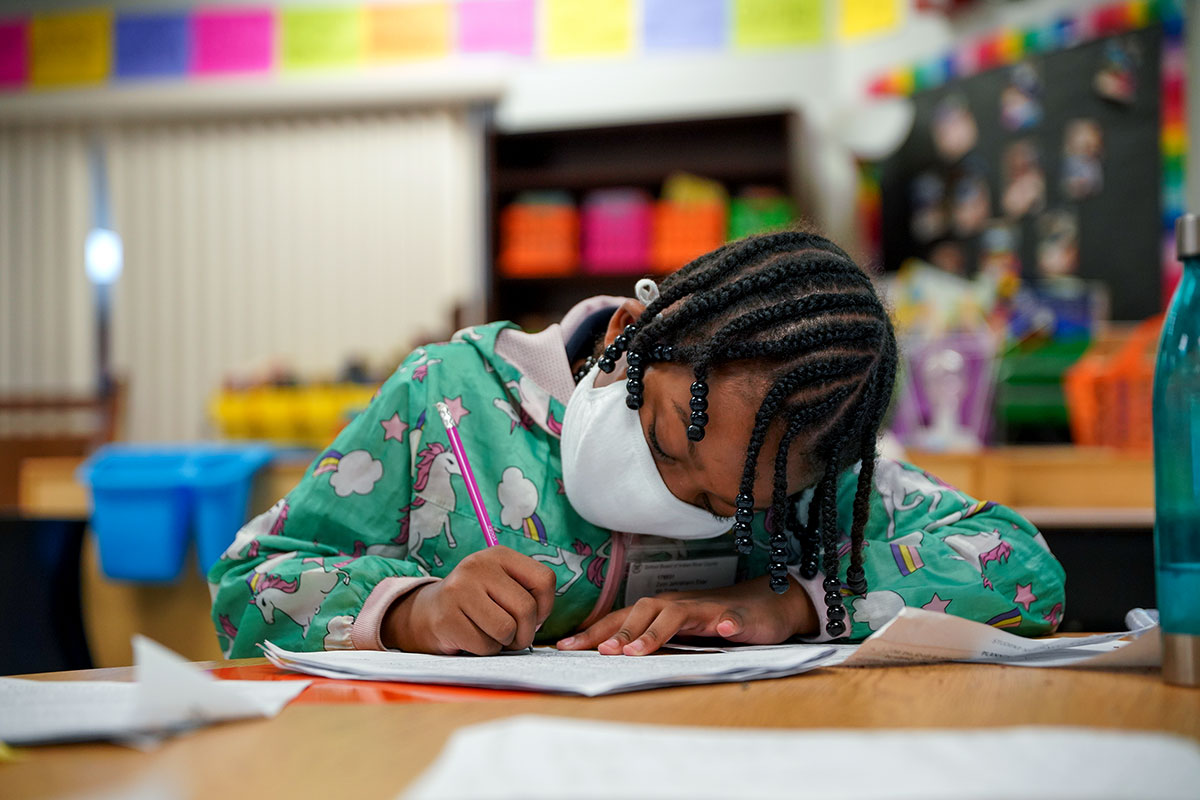
Coronavirus pandemic has forever changed the future of education
BY ELLEN GILLETTE
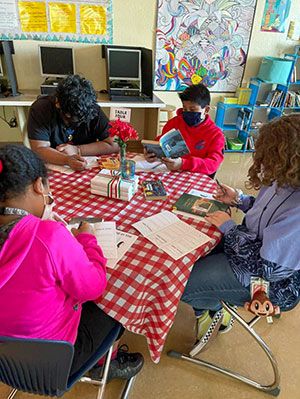
In March of last year, local schools shut down for the remainder of the academic year because of the coronavirus pandemic, disrupting end-of-year plans. With school buses once more visible weekday mornings, it’s hard to tell how many students are actually attending area brick-and-mortar facilities.
Unlike some areas, Treasure Coast schools opened in the fall with changes that balanced bolstering students’ skills with safeguarding them from illness. Indian River County started the year with the highest percentage at home — 62%. In St. Lucie, the number was 52%. Martin began the year with 38% at home. Area Catholic schools began with 20%. In all districts, many students have returned while others remain at home. Some switch back and forth due to exposure to COVID-19 or illness. It’s been quite the roller coaster ride for everyone concerned — and we should all be concerned.
What does the future hold? Globally, more than a million students have been affected by the pandemic. Educational technology has surged. Virtual conferences and tutoring have increased. The pandemic, experts say, is the new benchmark. Moving forward, everything will change.
Some herald the fact that per-pupil costs for remote learners are less than for students at school. Others suggest that sports programs move from schools to community-based programs. School closings showed that a quality school day can be accomplished in two to three hours, raising questions of why students attend more than twice that. Some say remote learning is more effective, while others say the opposite.
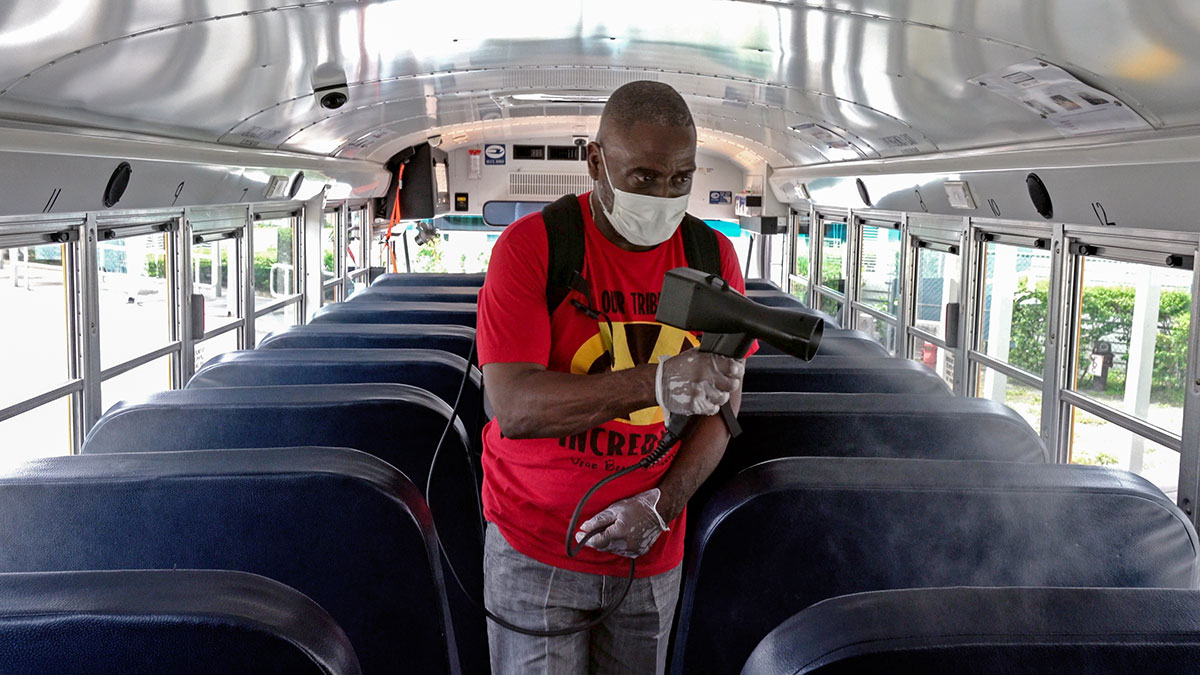
DIFFERENT BACK TO SCHOOL
Martin County schools began on their previously scheduled first day in August, one of the few in the country to do so.
“The challenge was not knowing what lay ahead, but we were organized and prepared,” Tracey Miller, the district’s chief academic officer, says.
Indian River County school superintendent David Moore faced a sort of baptism by fire: The shutdown was ordered just 44 instructional days after he took the helm. Its opening was pushed back 10 days at the end of summer so teachers could acquire new models and procedures — a reflection, Moore says, “of our desire to open only when we were ready.”
To establish protocols for a safe reopening as well as the delivery of personal protective equipment and the distribution of laptops for virtual students, St. Lucie delayed two weeks. District school superintendent Wayne Gent says that federal money from the Coronavirus Aid, Relief, and Economic Security [CARES] Act enabled the district to create a new position to check in students and staff.
Not all teachers returned in the fall — or in the same capacity. Because Donna Gillette of Vero Beach was concerned about bringing COVID-19 home to loved ones at risk, she put in her notice at Loving Care Young Achievers Academy, a private school in Fort Pierce. Instead, the school asked her to work from home monitoring students using an online program called Acellus. Gillette logs on for daily meetings, then monitors students for special needs on which she can focus.
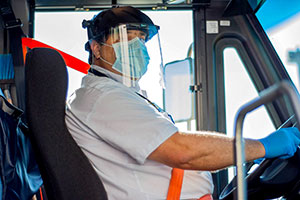
OBVIOUS CHANGES
Polarized opinions about masks undoubtedly factored into some decisions to keep students at home. Masks will be required for the entire 2020-2021 academic year — for students and staff, on buses, and in classrooms and hallways.
“Students have done a tremendous job,” Miller says. “When you set the tone, students live up to expectations.” From the first day, she says, their new protocols turned out well. “Students understand that to stay on campus, they must follow the guidelines.”
Although some critics assumed it would be difficult to keep the youngest students compliant, Moore says elementary schools have been more manageable than high school.
“Older students are not only more susceptible to COVID, they’re more social — so more likely to spread it,” Miller says.
Each local district works closely with its county’s health department regarding contact tracing, but despite drawing up plans for closures, schools have not been the super-spreaders some predicted and feared.
Districts ask families to conduct wellness screenings, ask them to keep children home if feeling unwell, and to help facilitate testing. Other protective measures include hand sanitizers and extra cleaning measures. In January, for example, the Indian River School Board signed off on adding $120,000 for additional custodial services.
Gent says that while schools try to strictly adhere to CDC guidelines, the challenge has grown as more students return. Maintaining seating charts, providing expanded lunch times and increased dining locations, spacing bus riders every other seat and limiting visitors and volunteers are some of the ways area schools limit virus transmission.
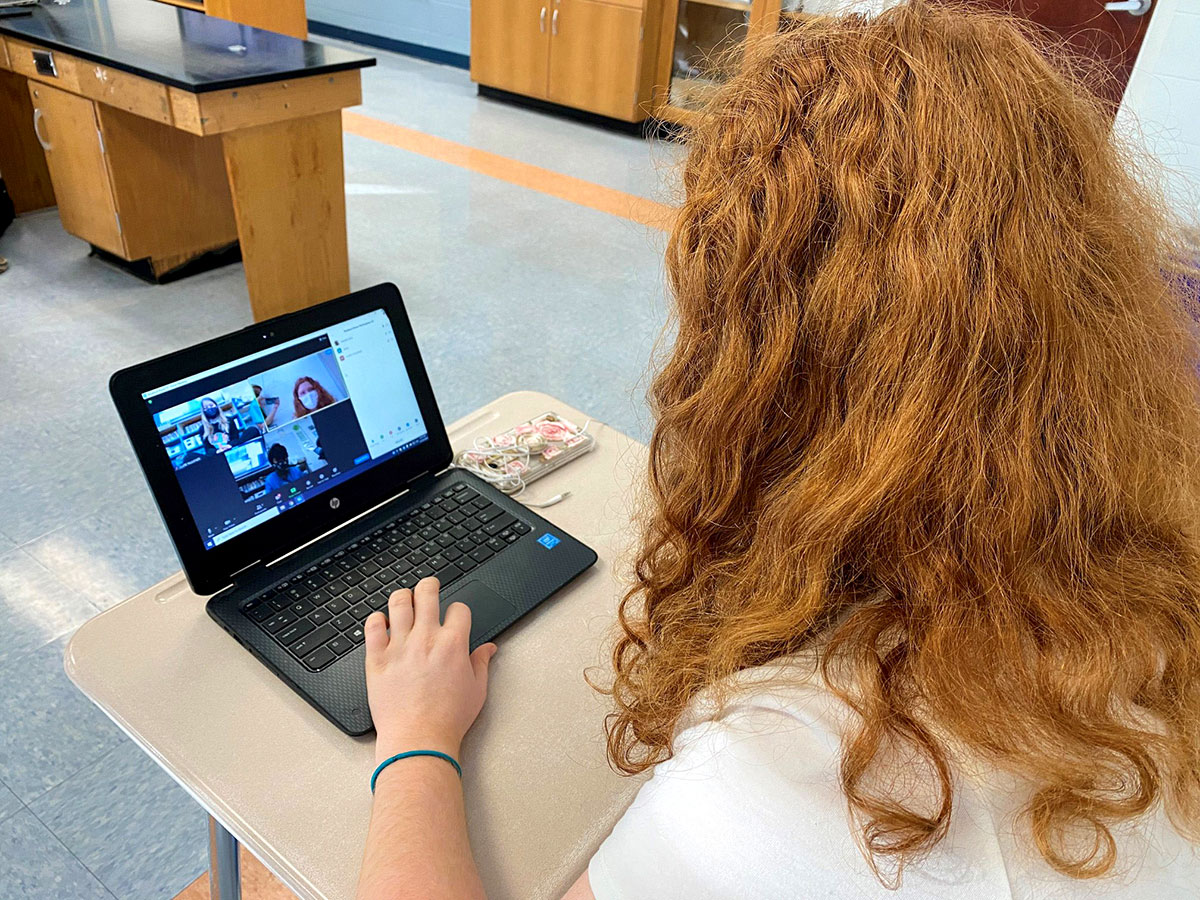
TEACHER CHALLENGES
“Teachers had a learning curve, too,” Gent says. “We stagger classes to make it easier for them.”
A geometry teacher, for example, might have first period with all in-school students, followed by second period with all remote students, an approach he says has benefited teachers.
In Martin, a synchronous learning model means some students are in class; some are at home.
“This allows the flexibility needed,” Miller says. “Kids in quarantine or isolation stay on the same education path, which has proven to benefit students and reduce failure.”
Testing can be problematic.
“We don’t require [remote learners] to come to campus,” Moore says. “Our model replicates the classroom experience, so teachers can monitor them.”
Some schools, such as John Carroll High School in Fort Pierce, ask remote learners to come in after regular hours for testing.

WI-FI WOES
As if everything else connected to COVID-19 wasn’t enough, students without electronics or reliable internet are at an additional disadvantage.
Indian River schools set up Depot Centers where parents could pick up laptops and a Tech Depot for technical assistance.
“It’s an all hands on deck approach, figuring out new problems and solving them,” Moore says.
Gent says his district has worked with families, accommodating those with no Wi-Fi access. Working with providers for reduced rates, buses were strategically placed in under-served neighborhoods to provide hot spots.
“We’ve learned so much,” Moore says. “Families and students are taking control of their education. Remote learning is here to stay.”
Treasure Coast school districts have given families remote learning possibilities for years through Indian River Virtual, Florida Virtual School and Mosaic Learning Academy. Even if remote options at schools eventually change, families may continue at-home instruction through one of these.
EDUCATION SETBACKS
New college students put on weight with such regularity, there’s a name for it — the Freshman 15. Similarly, the COVID slide now refers to a pattern of losing educational skills.
“Our students perform better in the classroom,” Miller says, adding that data reveals in-class grades to be about two points higher, with fewer failures, than with remote learners.
After the end of the first semester, students at home who weren’t performing well academically were required to return to school unless their parents signed a waiver. Despite the fact that keeping them at home risked retention, some remain uneasy about sending children back.
“Kindergarten through third grade is a key period,” Gent says, “when there’s no substitute for the basic foundational skills in reading and math. Most students do better with live teachers, but some do thrive virtually. You need to put the child in the appropriate learning situation.”
While COVID-19 may not have affected students to the degree that was feared, Moore says it has had “significant impact on specific students.” To counteract the COVID slide, summer programs are planned for many schools. Districts will use specific, data-driven approaches for students, providing remediation while including fun and enrichment activities.
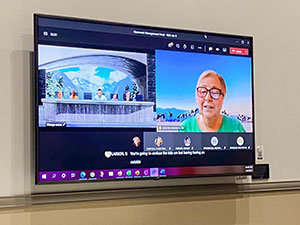
NON-ACADEMIC MATTERS … MATTER
Parochial schools combine religious training with other studies. Jennifer Trefelner of the Diocese of Palm Beach says that during the pandemic, liturgical events transitioned to virtual celebrations.
Extracurricular activities were compromised as well. Miller says their students and parents appreciated access to continued activities. Sports, band and theater “are part of a well-balanced program, an opportunity for students to have a normal school experience.” Virtual concerts, social distancing and requiring spectators to wear masks are some of the measures schools have adopted.
EASIER TRANSITION
Families who were already homeschooling are weathering the pandemic with comparative ease. Olivet Private School is an umbrella for more than 100 students taught at home by their parents in the tri-county area. Administrator Christina Cunningham says that while Olivet had to cancel group activities in 2020, educational momentum continued.
“We had the same stress and concerns as everybody else,” she says, “but pace and materials weren’t affected.”
LOOKING AHEAD
States set their own rules regarding immunizations and school enrollment. Polio and measles vaccines, for example, have been required for years. Whether COVID-19 vaccines will be added to the list remains to be seen.
Gent believes teachers should be at the top of the list for vaccinations if they choose to get them.
“The response to the pandemic has shown the resiliency of education and educators, testing their foundations,” he says.
Dealing with a pandemic, says Moore, has required “complex problem solving. There was no blueprint to follow. Adults came together and worked together, and it was the children who benefited the most.”
For the most part, students, families and educators on the Treasure Coast have adapted as their environment changed.
“Our students truly shined as heroes,” Trefelner says. “We have recognized the fact that we can be our best selves in difficult times, and we are stronger because of these changes.”
